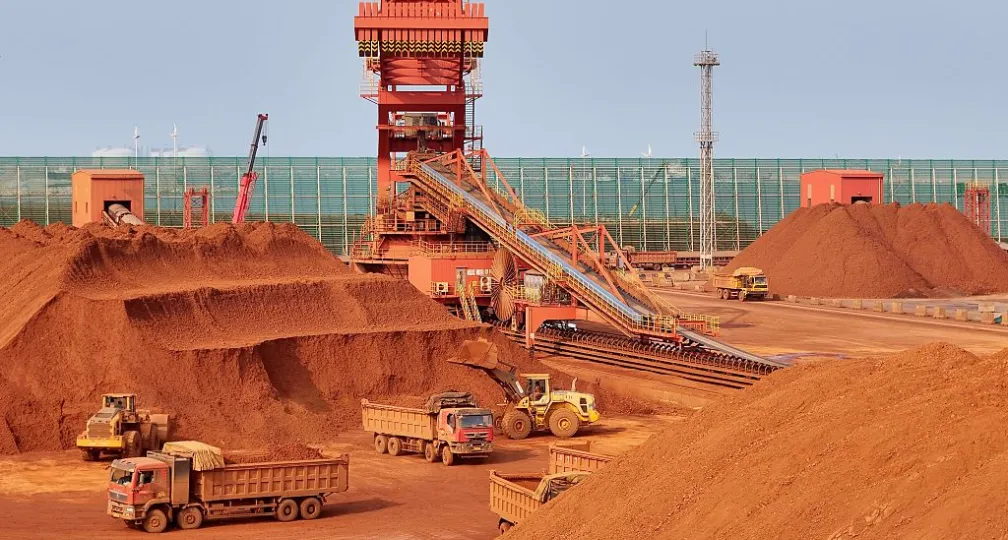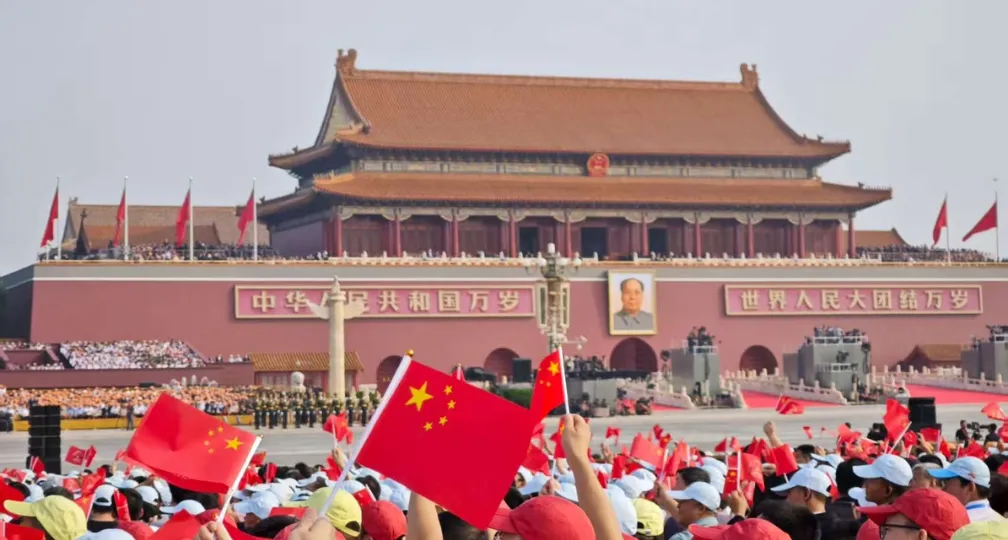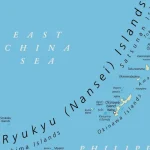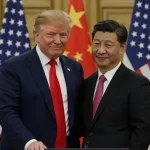China’s shipyard dominance leads to geoeconomic risks
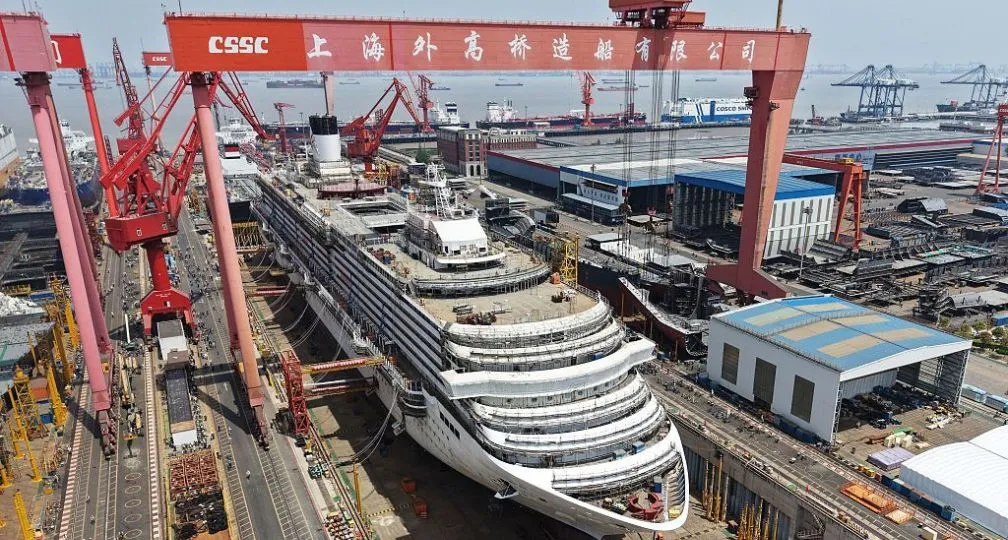
Without a concerted effort and international cooperation to challenge Beijing’s commanding lead in the global shipbuilding industry, those threats will materialize furthering China’s alarming dominance.
According to 2024 data from the Chinese government, the country ranks first worldwide in ship completions, new orders and order backlogs — claiming global shares of 55.7%, 74.1% and 63.1%, respectively. China is also expanding its capabilities in high value-added vessels, surpassing South Korea and Japan, while consolidating its role as a “shipbuilding superpower.”
Shipbuilding is not merely an economic activity — it underpins both global trade and national defense. Civilian shipbuilding provides the foundation for training engineers and skilled workers essential to naval production. As such, the growth of China’s shipbuilding sector carries profound implications, not only for maritime commerce but also for the international security architecture.
China’s manufacturing advantages are rooted in scale, driven by a vast domestic market and a wide talent base. Domestic competition often produces globally competitive, cost-effective firms. Combined with deep integration into global supply chains, these attributes have turned China into an indispensable industrial hub, benefits that extend fully to the shipbuilding sector.
In the early 2000s, then-Premier Zhu Rongji declared that China would become the world’s leading shipbuilder by 2015. In 2009, the “Shipbuilding Industry Adjustment and Revitalization Plan” marked a key policy milestone, guiding the sector’s shift toward green and smart shipbuilding. The cumulative effect has been significant: China overtook Japan in output by 2008 and South Korea by 2010 — achieving its target years ahead of schedule. It’s also catching up on quality, setting international standards for liquefied natural gas (LNG) carriers and threatening South Korea’s longstanding dominance in high-end vessels.
Another factor behind China’s ascent is the strategic consolidation of state-owned enterprises. In 2016, shipping giant COSCO merged with China Shipping Group to form one of the world’s largest maritime firms. In 2019, two previously separate state-owned shipbuilders were unified into China State Shipbuilding Corp. As of 2024, CSSC controls roughly one-third of the global market, making it the world’s largest listed shipbuilder. This reflects China’s broader emphasis on industrial scale, efficiency and market consolidation.
Moreover, the global energy shift toward carbon neutrality and the energy supply disruptions caused by Russia’s invasion of Ukraine in 2022 have intensified LNG demand. This, in turn, triggered a global boom in LNG tanker construction. While Japan and South Korea were constrained by limited production capacity, China was able to absorb surging demand with flexibility and speed. Private shipbuilders like New Times Shipbuilding and Yangzijiang Shipbuilding Group have ramped up investment, while even nontraditional players such as chemical giant Hengli Group have entered the sector.
Importantly, China’s shipbuilding growth reflects not only top-down state support but also significant entrepreneurial energy for profit seeking. While other sectors have seen overcapacity and price wars, Chinese shipbuilders have so far aligned their expansion with global demand. Yet this trajectory is not guaranteed. Rising economic security concerns may begin to affect international appetite for Chinese-built ships, introducing strategic uncertainty.
Surge in U.S. alarm
The United States — once the world’s top shipbuilder after World War II — has seen its commercial shipbuilding sector decline steadily since the 1970s. Although it retains superiority in advanced naval platforms such as nuclear-powered carriers and submarines, the shrinking of its commercial base has weakened the industry’s overall scale. This erosion has sharply reduced the pool of skilled labor, raising concerns about spillover effects on military shipbuilding.
U.S. strategic experts have long warned that China’s vast commercial shipbuilding capacity could be rapidly converted to military use in a crisis. In recent years, however, the U.S. debate has shifted toward industrial policy, with growing calls to “revive America’s own shipbuilding base.” Threat perception has evolved accordingly.
Since 2020, the U.S. has taken steps to curb China’s shipbuilding clout, including blacklisting CSSC-affiliated firms and imposing financial restrictions. The second Trump administration has now unveiled a “Maritime Action Plan” focused on rebuilding domestic capacity in shipbuilding, port infrastructure and maritime workforce development. It is also considering tariffs on Chinese imports, port fee hikes for Chinese vessels and requirements that certain U.S.-bound cargo be carried on domestically built ships.
The Office of the U.S. Trade Representative has formally designated China’s maritime practices as unfair and is advancing proposals that would impose high port entry fees on Chinese-built or Chinese-flagged ships. Other measures under consideration include export controls and tariffs on Chinese-made cranes used in U.S. ports — part of a broader effort to reduce reliance on Chinese maritime equipment. These initiatives aim to weaken China’s market share while restoring American industrial strength. Allied coordination, regulatory reforms and targeted investment are also key elements of the evolving strategy.
Over the past decade, many global shipping companies — including Japanese firms — have shifted more orders to China due to its pricing advantage. However, the political risk for these firms is significant. In the event of policy shifts or geopolitical conflict, China could restrict exports or redirect industrial capacity, exposing the vulnerabilities of a supply chain overly dependent on a single country.
Meanwhile, as Washington responds to what it deems unfair Chinese practices, companies operating Chinese-built vessels may face new costs or access restrictions. Future U.S. sanctions could even extend to third-country firms that purchase or operate Chinese ships, creating compliance risks and operational uncertainty. Factoring these risks into long-term planning will be essential for both corporate and government stakeholders.
Benefits of ‘friendshoring’
Yet these risks also present strategic opportunities. Given the difficulty of rebuilding shipbuilding capacity from scratch, the U.S. will need trusted partners. Japan — with its technical expertise and production scale — can play a central role, alongside South Korea. Potential areas of collaboration include exporting high-spec vessels like icebreakers and LNG carriers, transferring simpler tanker production know-how and supplying critical components such as propulsion systems, sensors and marine engines.
In this context, “friendshoring” — the restructuring of supply chains to trusted partners — offers a realistic path forward. The goal is not autarky but resilience. In the face of China’s consolidation as a shipbuilding superpower, the U.S. and its allies must seize both the opportunity to collaborate and the imperative to diversify.
(Photo Credit: Future Publishing / Getty Images)
[Note] This article was posted to the Japan Times on July 2, 2025:
https://www.japantimes.co.jp/commentary/2025/07/02/japan/chinas-shipyard-dominance/
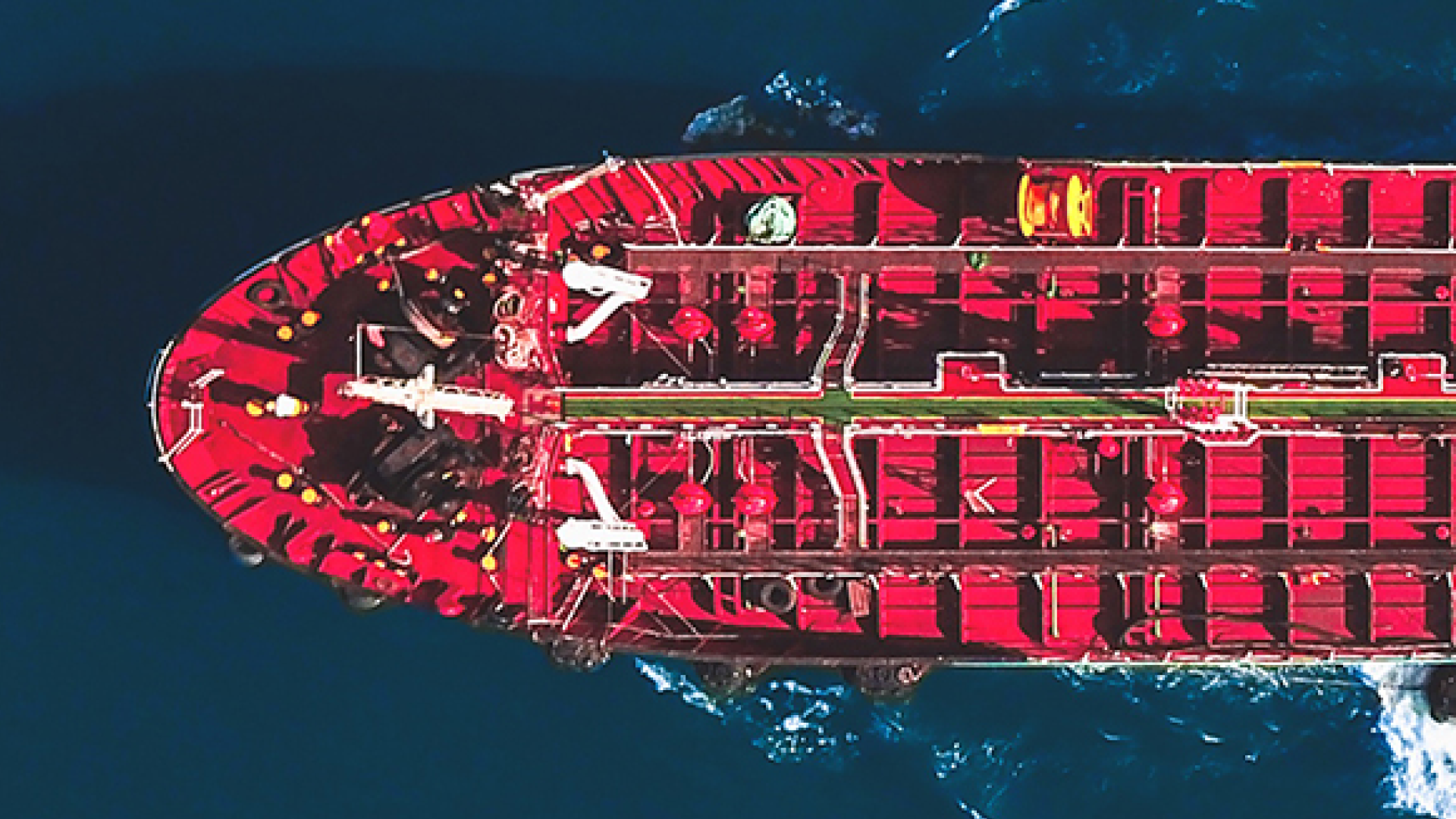
Geoeconomic Briefing
Geoeconomic Briefing is a series featuring researchers at the IOG focused on Japan’s challenges in that field. It also provides analyses of the state of the world and trade risks, as well as technological and industrial structures (Editor-in-chief: Dr. Kazuto Suzuki, Director, Institute of Geoeconomics (IOG); Professor, The University of Tokyo).
Disclaimer: The opinions expressed in Geoeconomic Briefing do not necessarily reflect those of the International House of Japan, Asia Pacific Initiative (API), the Institute of Geoeconomics (IOG) or any other organizations to which the author belongs.


Senior Research Fellow
Senior Research Fellow of the China Group at the Institute of Geoeconomics (IOG). Doi specializes in China and the world (geoeconomic issues, such as development finance and emerging technologies), and global governance in the social development sectors, including education and health. He graduated from the University of Kitakyushu with a B.A. in International Relations (Contemporary China Studies) and a Master of Public Policy from the University of Tokyo. Doi joined the Japan International Cooperation Agency (JICA) in 2008, where he worked on the implementation of the Japanese government’s foreign aid to China at the JICA Beijing Office and conducted financial investments in economic and social infrastructure, sovereign credit risk analysis and research on China’s development cooperation with the Global South at the Africa Department. In 2018, he began his doctoral studies in the Department of Education Economics at Peking University in China, where he received his PhD in Public Policy in 2022. Doi served as a senior researcher and advisor at Diinsider Co., Ltd, a China-based international development consultancy, and as an adjunct researcher at the Center for the Study of International Cooperation in Education, Waseda University, before being appointed to his current position in August 2024. His research has been published in books by international publishers, including Routledge and Springer Nature, as well as in international peer-reviewed journals such as Development Policy Review, Higher Education Research & Development, Public Health Action, and Compare. [Concurrent Positions] Adjunct Researcher, Center for the Study of International Cooperation in Education, Waseda University, Japan. (2023-Present) Visiting Lecturer, Department of International Business and Management, Kanagawa University, Japan. (2025-2026).
View Profile-
 Analysis: Ready for a (Tariff) Refund?2025.12.24
Analysis: Ready for a (Tariff) Refund?2025.12.24 -
 China, Rare Earths and ‘Weaponized Interdependence’2025.12.23
China, Rare Earths and ‘Weaponized Interdependence’2025.12.23 -
 Are Firms Ready for Economic Security? Insights from Japan and the Netherlands2025.12.22
Are Firms Ready for Economic Security? Insights from Japan and the Netherlands2025.12.22 -
 Is China Guardian of the ‘Postwar International Order’?2025.12.17
Is China Guardian of the ‘Postwar International Order’?2025.12.17 -
 Japan-India Defense in a Fragmenting Indo-Pacific2025.12.10
Japan-India Defense in a Fragmenting Indo-Pacific2025.12.10
 The “Economic Security is National Security” Strategy2025.12.09
The “Economic Security is National Security” Strategy2025.12.09 The Tyranny of Geography: Okinawa in the era of great power competition2024.02.09
The Tyranny of Geography: Okinawa in the era of great power competition2024.02.09 Trump’s Tariffs Might Be Here to Stay – No Matter Who’s in Power2025.11.28
Trump’s Tariffs Might Be Here to Stay – No Matter Who’s in Power2025.11.28 Event Report: The Trump Tariffs and Their Impact on the Japanese Economy2025.11.25
Event Report: The Trump Tariffs and Their Impact on the Japanese Economy2025.11.25 The Real Significance of Trump’s Asia Trip2025.11.14
The Real Significance of Trump’s Asia Trip2025.11.14



